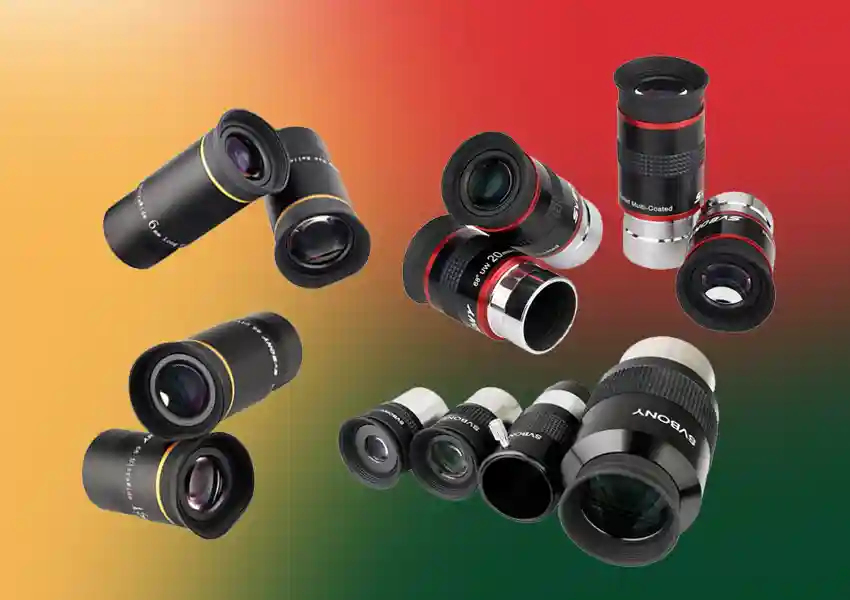Table of Contents

Astronomy Eyepieces
| a | s | 1 |
| sd | s | 2 |
| s | s | 3 |
| 申东方 | e | |||
| 稍等 | d | |||
| 说是色 | d | |||
| 为 | s | |||
| 色调 | s |

| a | s | 1 |
| sd | s | 2 |
| s | s | 3 |
| 申东方 | e | |||
| 稍等 | d | |||
| 说是色 | d | |||
| 为 | s | |||
| 色调 | s |
✨Product: Pre-sale of SV535 & SV545 Astrophotography Lens!
🎁Bonus:
①SVBONY 2-inch UV/IR cut filter(SV535)/SVBONY SV226P filter drawer(SV545)
②8th Anniversary canvas bag
③SVBONY 8th Anniversary Baseball Cap
④SVBONY Exclusive Stickers
📅Arrival Date:
Scheduled to ship between late January and early February 2026.
🚀Shipping:
First come, first served! Orders will be shipped in order of order.
Go to SV535
Go to SV545
There are no customer reviews yet . Leave a Reply !